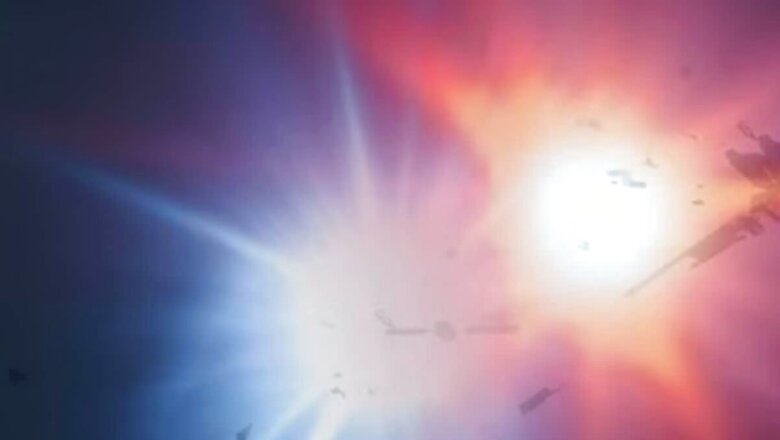
views
One in every 12 stars in the universe may have the ability to swallow a planet, a new study has found. With numerous researches hinting towards the possibility of ingestion of planets by stars due to the latter’s chemical composition, this new study has now presented concrete evidence of the same phenomena.
The scientists studied 91 pairs of stars and were surprised to discover that about 8 per cent of these pairs, about one in 12, have displayed the signs of engulfing a planet. However, the researchers have also stated in their report that they are still uncertain whether the stars are swallowing planets or engulfing the building block of planets left over from the birth of star systems. Both can be possible, the researchers added.
This study was done by astronomers of AllSky Astrophysics in Three Dimensions (Astro 3D), the results of which have been published in the journal Nature. For the study, they used data collected from Chile’s 6.5-meter Magellan Telescope, the European Southern Observatory’s Very Large Telescope in Chile, and Hawaii’s 10-metre Keck Telescope.
The researchers used the European Space Agency’s Gaia satellite to identify 91 pairs of stars. In each pair, the stars relatively sit close to each other which is approximately less than a million astronomical units (AU) apart. One AU is the average distance between the sun and Earth.
One of the ways to study the ingestion of planets by stars is to closely analyse the pair of stars which were born at the same time. Both having identical compositions helped the scientists to spot any major differences between these stars, solidifying the possibility of the ingestion of the planet by one of them.
After closely analysing the changing properties of the stars, Scientists found that 8 per cent of 91 pairs of stars show signs of engulfing a planet. All these stars were in the prime of their lives, due to which scientists needed to pay more attention to them. The special thing about the study was that before this it was seen that stars swallow or eat nearby planets only in their final stages.
“What’s truly surprising is the frequency at which it seems to happen,” study co-author Yuan-Sen Ting, an astronomer at the Australian National University in Canberra said as quoted by Space.com. This study will help in gaining a deeper perspective on our solar system in the universe, added the astronomer Yuan-Sen Ting.


















Comments
0 comment